Default Setup:
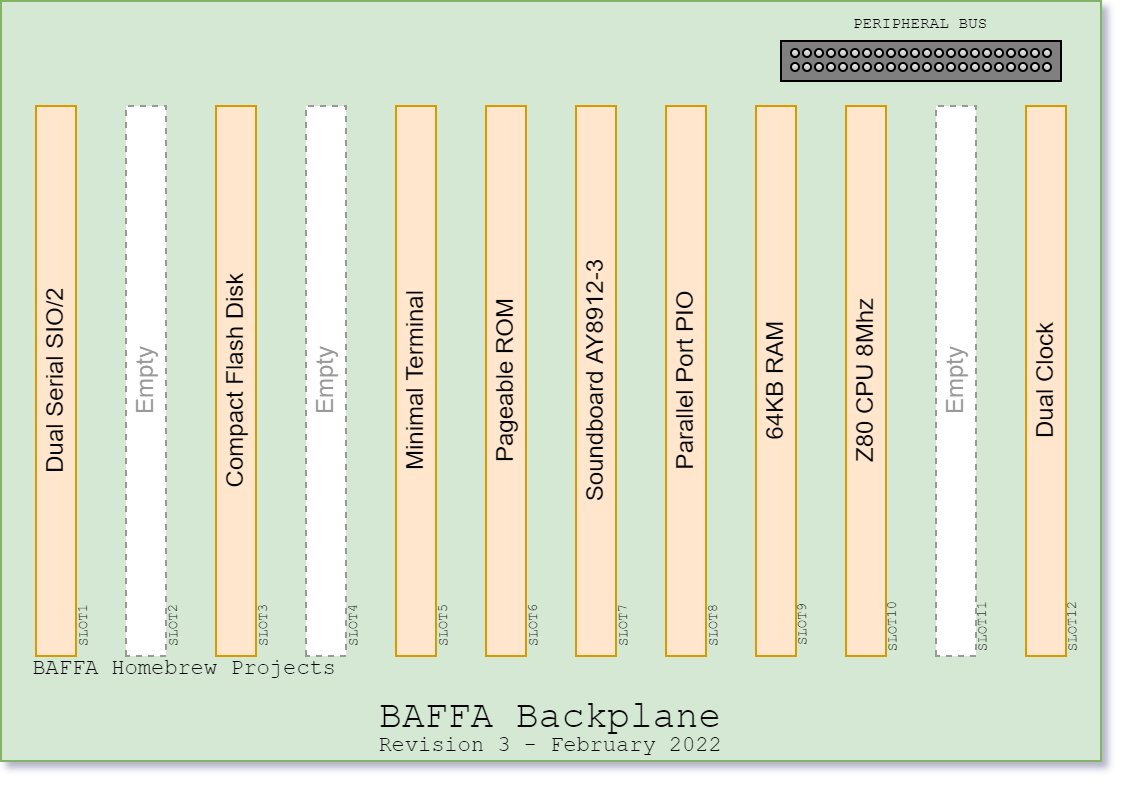
RomWBW Setup:
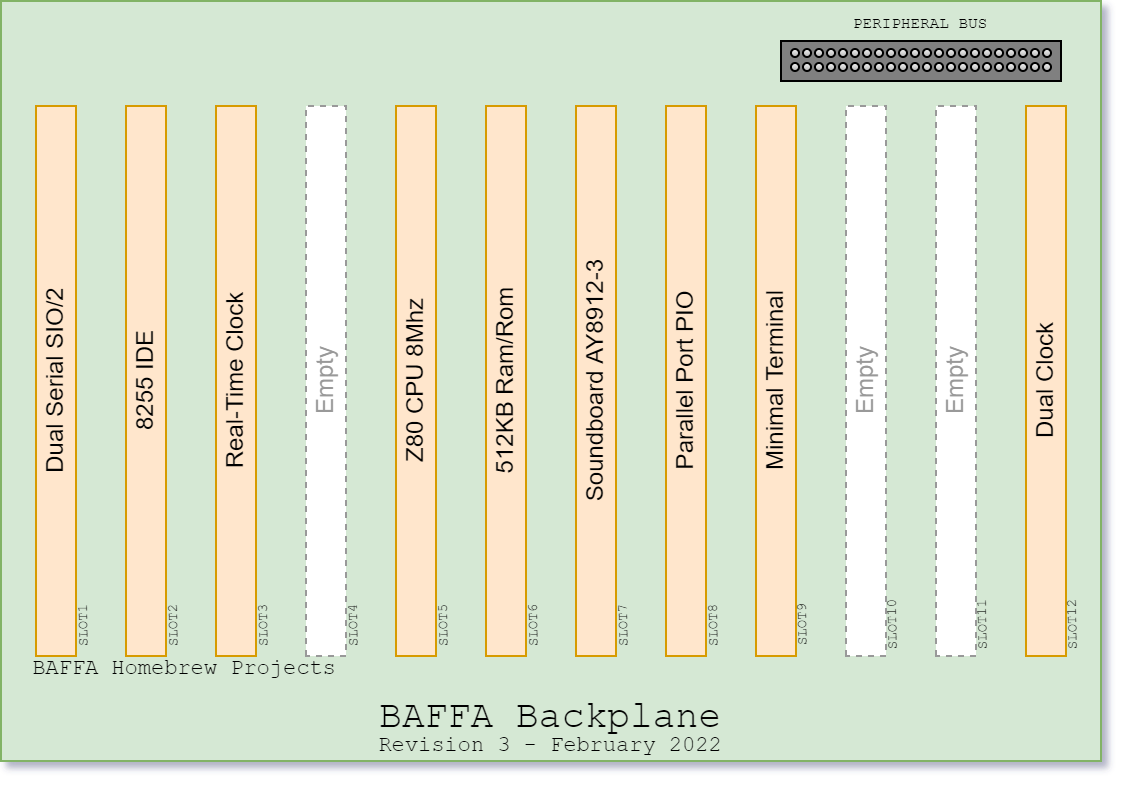
Colecovision Setup:
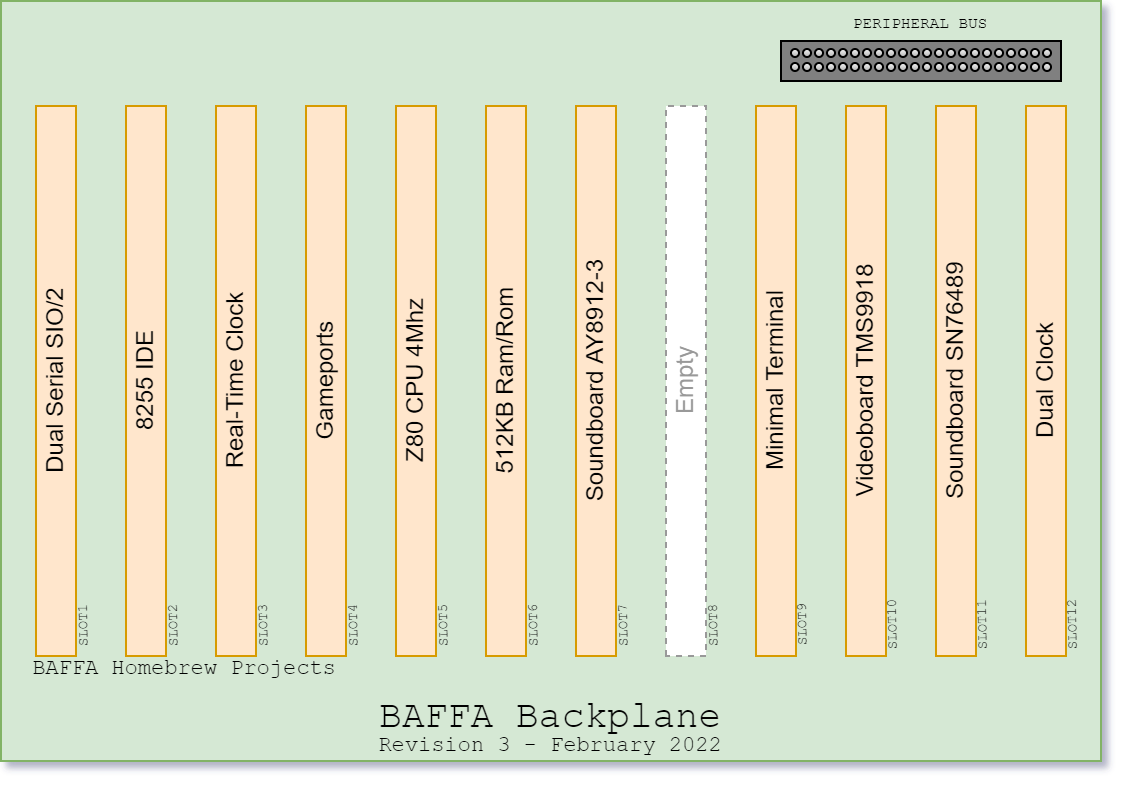
MSX1 Setup:
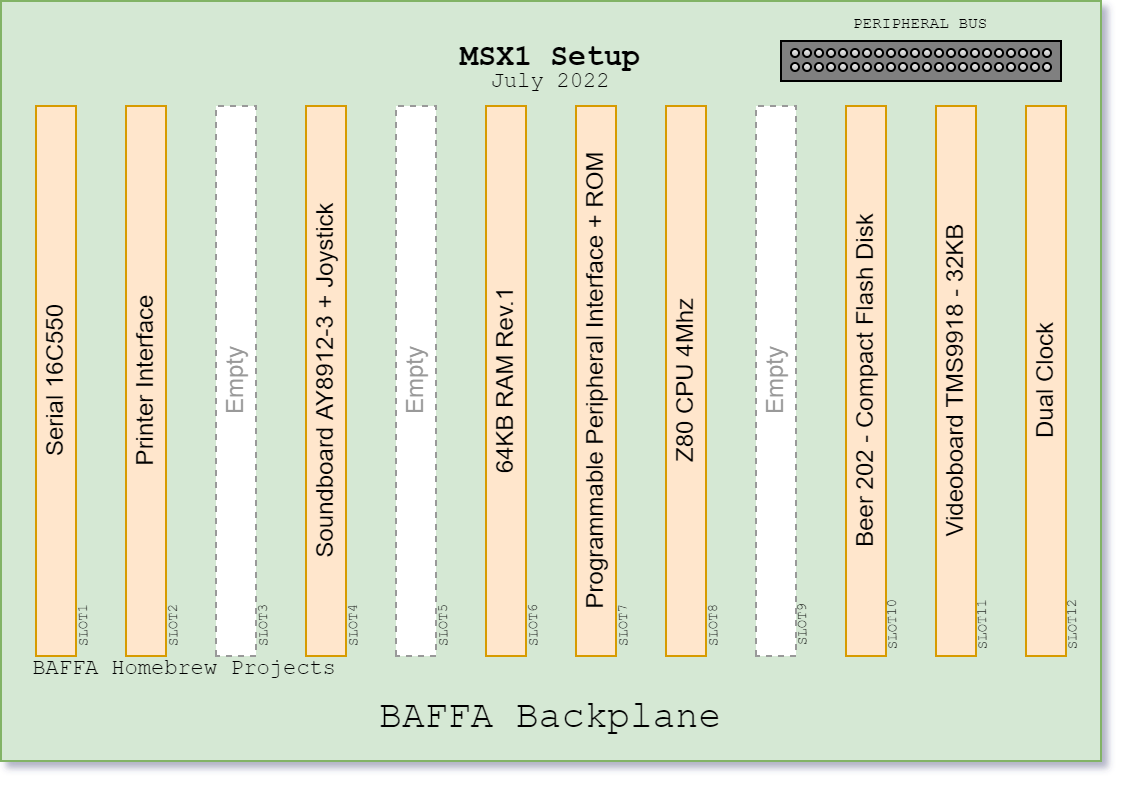
MSX2+ Setup:
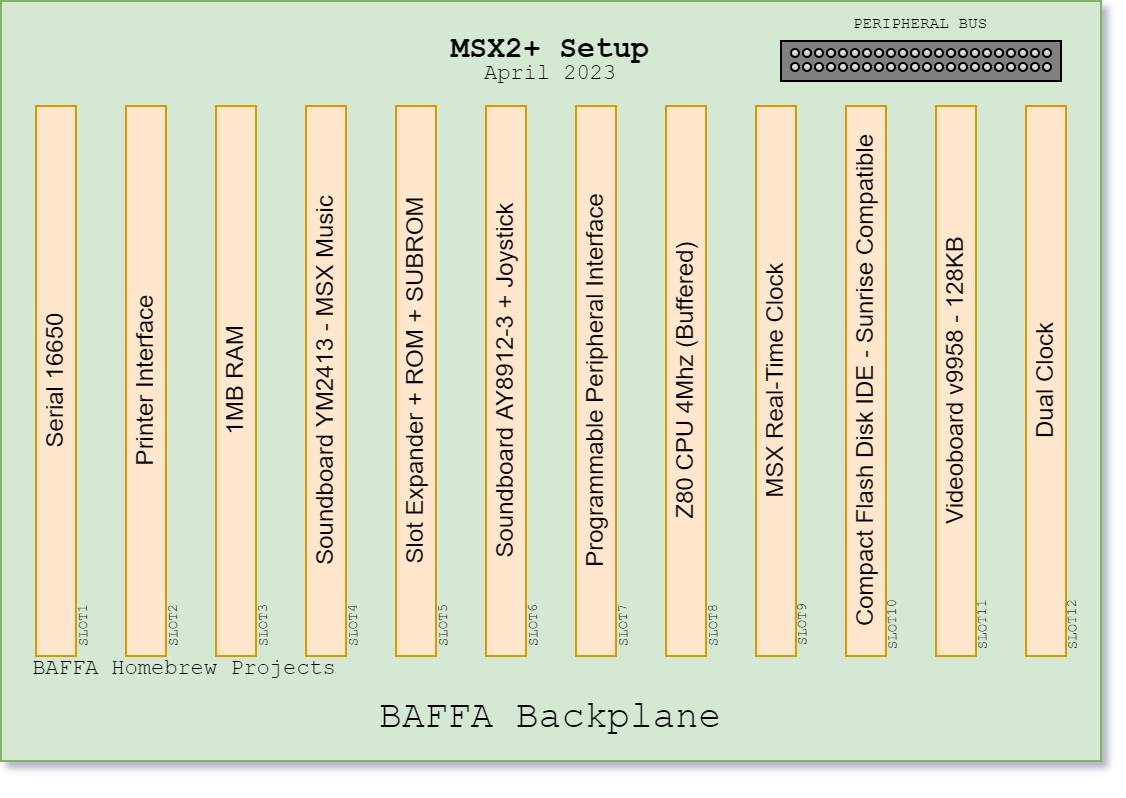
Terminal Demonstration:
With AY3-8910 Soundboard:
With SN76489 Soundboard:
I am proud to say that this project is sponsored by PCBWay.

A project initially based on Grant Searle's "CP/M on breadboard" and heavily inspired by RC2014
Can this emulate the ZX81 or ZX Spectrum? That would be very interesting.